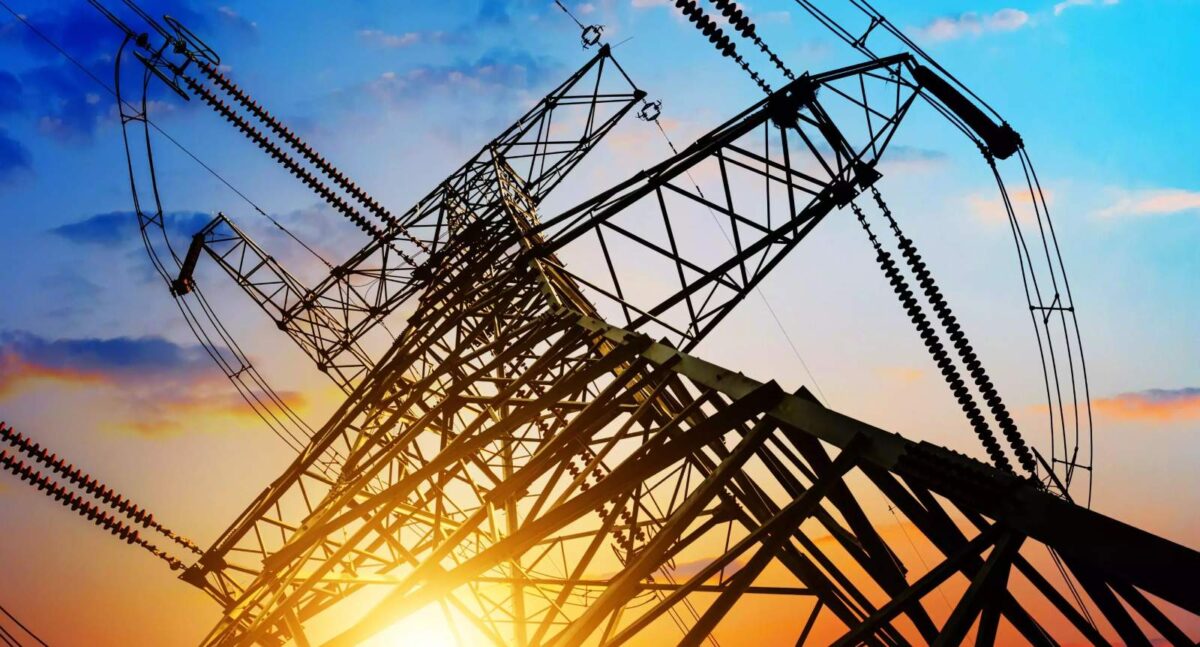CEBA Report: Cutting Steel Industry Emissions Will Require 174 Terawatt Hours of Electricity Annually by 2050

Transmission Reform and Carbon-free Energy Additions Are Key
The U.S. primary steel industry will require 174 terawatt hours (TWh) of electricity annually by 2050 in order to slash up to 57% of the industry’s emissions and help achieve global aims to reduce carbon emissions, according to a new report released today by the Clean Energy Buyers Association (CEBA).
The report’s findings amplify the need for transmission reform as well as accelerated deployment of carbon-free energy to power these steel-making facilities and processes, retain domestic competitiveness, and reduce emissions deep in corporate supply chains.
The 174 TWh would be a 159 TWh increase from business as usual practices. To power this next generation of steel with carbon-free energy would require at least 28 gigawatts (GW) of solar and wind resources and 58 GW of battery storage by 2050, as well as interregional transmission reform.
“A growing number of corporations are making commitments to purchase steel made through near-zero emissions production processes powered by clean energy,” said Jen Snook, CEBA’s industrial sector advisor. “State governments, grid operators, and electricity producers should prepare today by securing funding, applying for permits, and collaboratively planning for increased clean energy deployment and expanded regional transmission.”
The new CEBA report, Powering United States Primary Steel Decarbonization, quantifies for the first time the amount of electricity required to power steelmaking with clean resources. The report outlines a mix of advanced technologies coming online as they become market ready, including hydrogen injection as well as carbon capture, utilization, and storage for existing integrated steel facilities, and new facilities for hydrogen-reduced iron and electrification technologies. The report’s modeling outlines delaying replacement of existing technologies until facilities’ end-of-life or costly maintenance milestones.
Advanced near-zero emissions steel technologies will require at least 10 times as much electricity as existing coal-based blast furnaces. Assuming primary steelmaking remains in states with existing facilities, this transition will consume almost 10% of current forecasted electricity demand across those states by 2050 and up to 57% for Indiana, home to the largest steel facilities. These findings underscore the importance of updating electricity load forecasts to account for advanced industrial technologies and adequately inform resource and transmission planning, particularly in regions that want to retain these industries.
Over 25 multinational companies have made commitments to buy near zero-emissions steel by 2030 through the First Movers Coalition. Corporations including Microsoft have joined forces to advance the purchase of near-zero emissions steel in North America through a Sustainable Steel Buyers Platform organized by RMI. The platform enables a competitive procurement process open to all steelmakers to deliver near-zero emissions steel to North America to meet the estimated U.S. annual demand of 6.7 million tons of near-zero emissions steel by 2030.
Utility-scale power producers will need to add more carbon-free energy to enable steelmakers to power their operations with low-cost, reliable clean energy and meet market demand for near-zero emissions steel. Transmission reform also can help the steel industry have greater access to sources of clean electricity. Possibilities for federal policy innovation include enacting a transmission investment tax credit, creating a national strategy for interregional transmission planning, and granting Federal Energy Regulatory Commission plenary siting authority for regional and interregional transmission planning.
